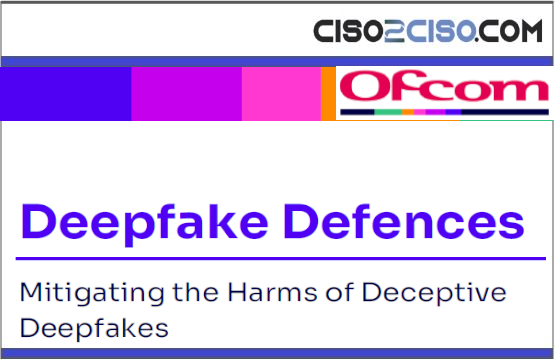Deepfakes are forms of audio-visual content that have been generated or manipulated using AI, that misrepresent someone or something.
Public concern about deepfakes has increased substantially in recent months. These fears have been stoked by several high-profile incidents, such as the ‘deep nude’ images of Taylor Swift that went viral on mainstream social media platforms; the fake audio that purportedly depicted London Mayor Sadiq Khan criticising last year’s Armistice Day parades; and the deepfake video call that resulted in a finance worker of a major multinational firm transferring £20m to fraudsters.
While these and other well-known cases feature public figures and major institutions, deepfakes are already doing serious harm to ordinary individuals – whether that is by being featured in non-consensual sexual deepfake videos or falling victim to deepfake romance scams and fraudulent adverts. Ofcom’s recent poll on deepfakes1 found that 43% of respondents aged 16+ and 50% of respondents aged 8-15 believed that they had encountered a deepfake at least once in the last six months.
Against this backdrop, we are seeing multiple efforts to stymie the creation and spread of deepfakes, including through the introduction of new laws and offences. This includes an offence that prohibits the sharing of deepfake intimate images. The tech industry, meanwhile, has announced several steps to tackle the spread of harmful deepfakes, with model developers signing up to watermarking schemes and online services moving to tighten their policies on deepfakes and increase the use of detection and labelling tools.
As the new regulator for online safety, Ofcom is committed to doing its part to curtail the circulation of this malicious content.2 There will be circumstances where services regulated under the Online Safety Act 2023 (‘the Act’) will need to address the dissemination of some types of deepfake (though not all types). To effectively regulate this type of content, we need to have a clear understanding of the types of deepfakes that can be created, the types of harm they are most likely to be implicated in, their prevalence, and the merits and limitations of different mitigation techniques. This discussion paper details the findings of our research in this area, drawing on insights from expert interviews and our review of the literature.
Views: 1




















































